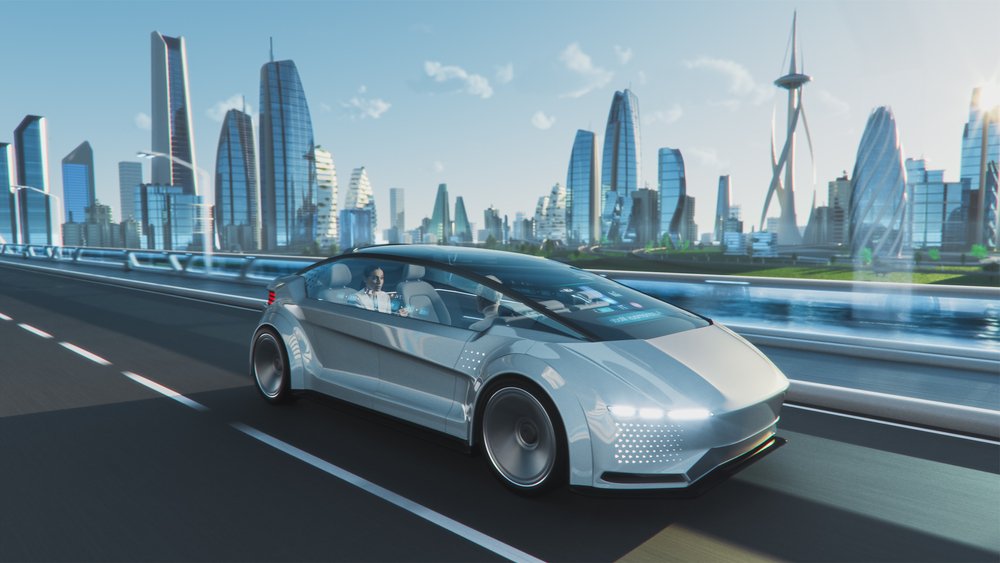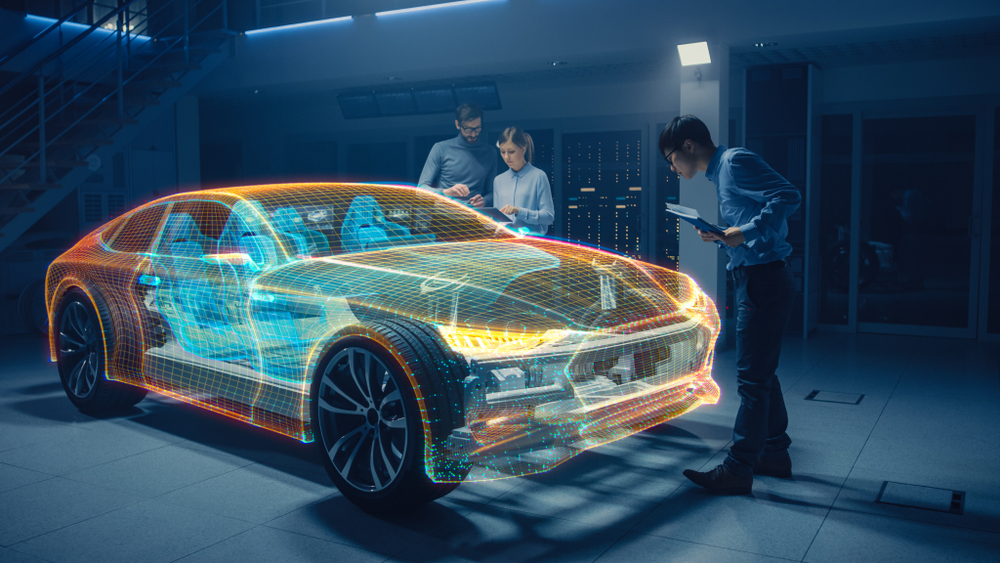Introduction
Welcome to the fascinating world of concept cars, where creativity and ingenuity come together to influence how people travel in the future. Concept cars are the height of automotive innovation; they push the limits of technology and design to reveal avant-garde designs that challenge accepted wisdom. This blog delves into the intriguing realm of concept cars, examining their significant influence on the automotive industry and consumer attitudes. Concept cars give global automotive enthusiasts a fascinating peek into what lies ahead with their innovative features and ground-breaking designs. Come explore the symbiotic relationship between imagination and reality in automotive design and learn about the revolutionary prototypes’ transformative power.
The Development of Concept Cars: Automakers first displayed futuristic prototypes at international exhibitions in the early 20th century, which marks the beginning of the concept car’s rich history. These early ideas frequently functioned as demonstrations of cutting-edge engineering and design features. Concept cars developed over time from simple design studies to fully working prototypes with innovative design elements and state-of-the-art technology.

Pushing the Boundaries of Design: The capacity of concept cars to push the boundaries of design is one of their distinguishing features. With mass production and commercial viability no longer limiting them, designers can now experiment with daring, cutting-edge aesthetics that subvert preconceived ideas about what makes an automobile look good. Concept cars provide a fascinating window into the imaginative worlds of automotive designers, frequently showcasing futuristic designs, unusual materials, and cutting-edge technologies.
Displaying Technological Innovation: Concept cars are used as exhibition spaces for the newest developments in the automotive sector. Concept cars represent the state of the art in automotive technology, with features like autonomous and electric drivetrains, cutting-edge connectivity, and environmentally friendly materials. These prototypes serve as both a technological showcase and an inspiration for upcoming advancements and innovations in mass-market automobiles.
Impacting Customer Perceptions: Concept cars have a significant impact on how consumers view them and how the market develops. Even though a lot of concept cars are never produced, they are useful tools for automakers to assess public interest and get input on design and technological concepts. Favorable responses to specific features or design cues in concept cars could impact production models later on, resulting in the mainstream vehicle industry adopting these cutting-edge features and design cues.
Integrating Imagination and Reality: Concept cars are fundamentally an amalgamation of automotive design’s imagination and reality. Even though they might appear like elaborate works of art, concept cars frequently include useful engineering solutions and feasibility studies that guide the creation of new models. Together, engineers and designers strive to strike a balance between innovation and practicality so that concept cars not only astonish but also provide models for the mobility of the future.
Concept Cars with Iconic Qualities: Many concept cars have inspired generations of designers and enthusiasts alike, leaving an enduring impression on the history of the automotive industry. One such example is the 1964 Ford GT40, which won multiple races at the 24 Hours of Le Mans thanks to its inventive engineering and revolutionary aerodynamic design. A couple of more recent examples are the Mercedes-Benz F 015 Luxury in Motion, a futuristic concept that explores the future of autonomous driving and mobility, and the BMW i8 Concept, which showcased the brand’s electrification strategy.
The Future of Concept Cars: Concept cars will become more significant in determining the direction of transportation in the future as the automotive industry develops. Concept cars will probably become even more inventive and visionary as electric and autonomous technology advances, providing answers to the problems of urban mobility, sustainability, and connectivity. Concept cars will never stop inspiring, captivating, and pushing the envelope of what’s possible in automotive design and innovation because they create a bridge between imagination and reality.

Conclusion
In summary, concept cars are a combination of technological innovation and artistic creativity that serve as monuments to human ingenuity and vision. They have acted as innovators’ catalysts throughout history, awe-inspiring people and influencing the direction of automotive technology and design. Concept cars have captivated enthusiasts and industry professionals alike, from their beginnings as experimental prototypes to their current status as displays of cutting-edge innovation. In the future, they will continue to be essential in advancing the development of transportation, bridging the gaps between reality and imagination to produce cars that not only satisfy our practical needs but also stoke our passions and aspirations. Concept cars will continue to set the standard as we innovate and explore new frontiers, influencing the automotive landscape for generations to come.

